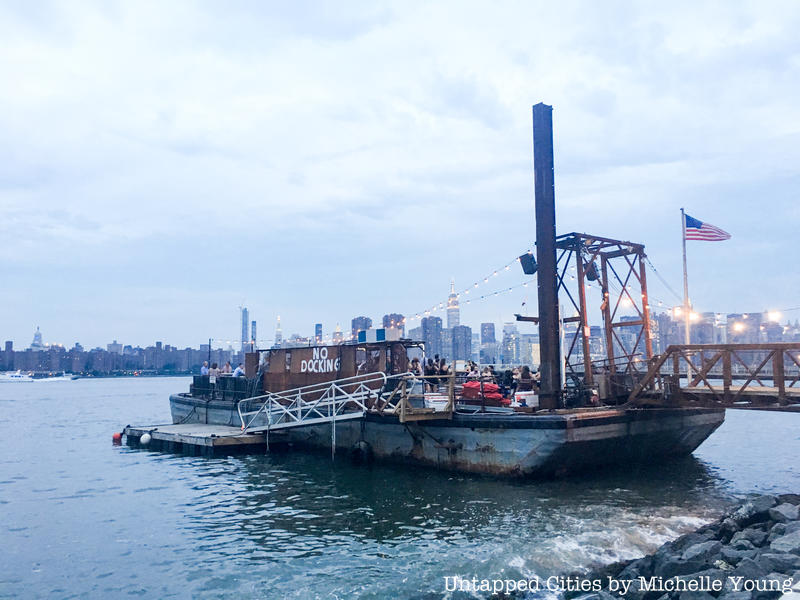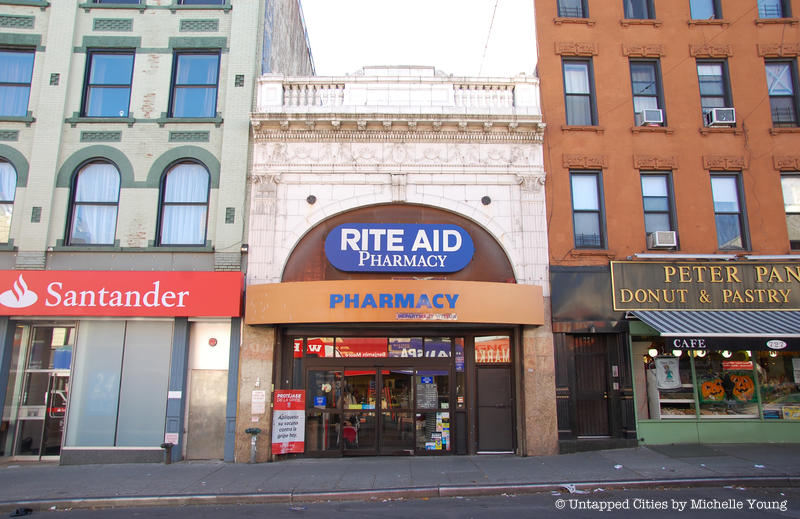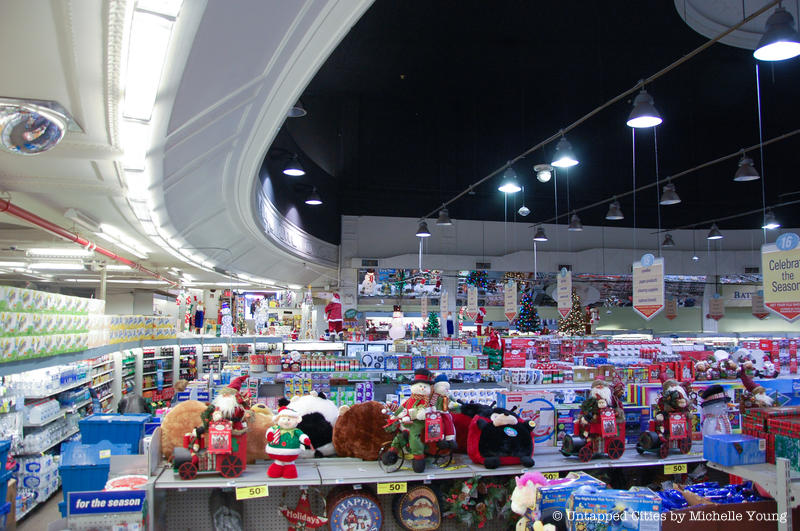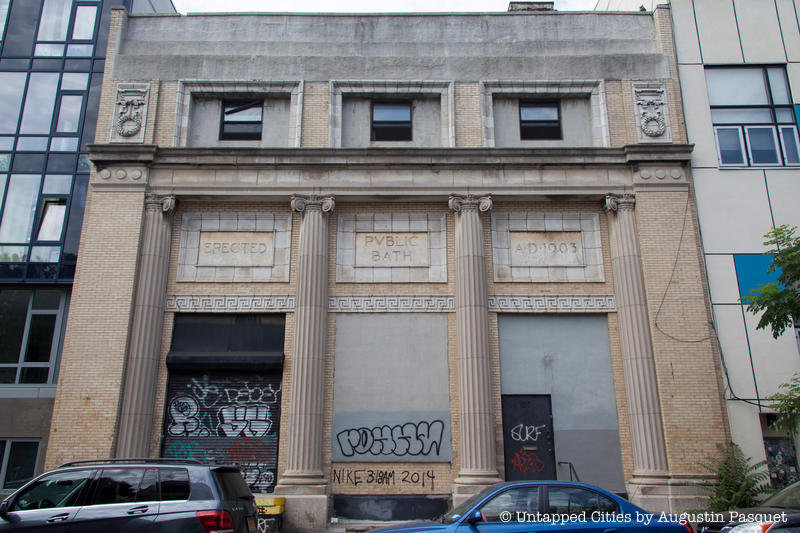
Greenpoint has evolved significantly since we first started publishing about the neighborhood, focusing then on the Polish meat markets and the re-appropriation of fallow industrial spaces into ones for light manufacturing. In the years since, a certain Williamsburg-like influence has crept northwards, for better or worse. The Greenpoint/Williamsburg area was ranked as the number one most rapidly gentrifying area by the NYU Furman Center in 2016, reporting a 78% percent increase in average rent from 1990 to the 2010-2014 study period. And new large-scale residential development is coming, particularly in the form of condos on the waterfront.
Still, long-time residents of Greenpoint still point to their favorite neighborhood haunts. This guide is produced with help from our friends, like Dylan Thuras, founder of Atlas Obscura, and Laura Itzkowitz, a travel writer and contributing editor to Untapped Cities. Itzkowitz tells us that she loves that “Greenpoint has very few chains, unlike Williamsburg. Though it’s getting more expensive and upscale, Greenpoint is still a neighborhood where independent entrepreneurs can thrive.” Still the new condos coming to the waterfront worry her, “because those kinds of developments tend to drive up rent prices in the neighborhood, which has a ripple effect on retail, restaurants, bars. I’m also not sure how the G train is going to be able to support a huge influx of new residents.”
Here are 21 resident-approved spots to discover in Greenpoint, across many categories:
Historical Sites
A Historical Movie Theater Hidden in a Rite Aid Pharmacy

Along Manhattan Avenue, next to Peter Pan Donuts, there’s a stately building that houses of all things, a Rite Aid. Unlike your typical run-of-the-mill pharmacy, this particular Rite Aid is inside the body of a 1920s movie theater – the Meserole.

Besides the facade, the inside has more historical details to look for including an ornamented dome, the original ramps, columns, box seats and a balcony level. Where else might you find all of your household product needs displayed within an auditorium?
Huron Street Bath Houses

There were once twenty-five public baths in Brooklyn. The one on Huron Street was constructed in 1903 at a cost of $103,724. The June 1915 publication of the City Record, the official journal of the City of New York, noted that the valuation of the property at 139 Huron Street was at just $80,000, providing a clue as to the importance of architecture and design in the public baths – there was no expense spared.
The Beaux-Arts, neoclassical design was meant to evoke the style of Roman baths and the Roman lettering carved in the stone takes it a step further: PVBLIC BATH says the main sign, A.D. 1903 reads another. One thousand people came through here each day at the peak of activity.
The public bath closed in 1960 and the building was auctioned off. Today, most of the facade still remains although the cornice was removed and replaced with a simple slab of concrete. The second floor contains artist studios with rooftop patios. You can still imagine how the two sexes entered the building, through separate entrances in the front. Until a few years ago, the first floor was used as a manufacturing facility for a picture frame maker and much of the interior has been altered, but the facade still serves as a reminder of the City Beautiful movement here in New York.





